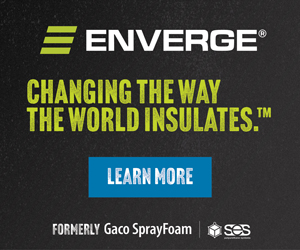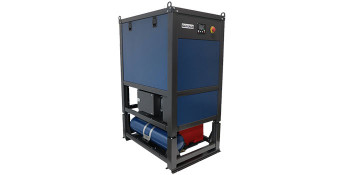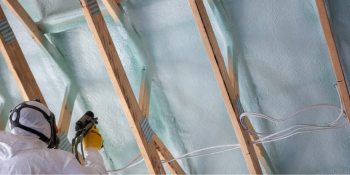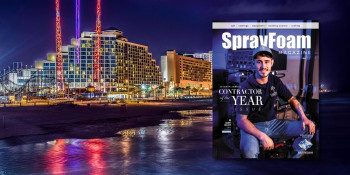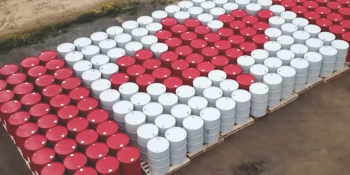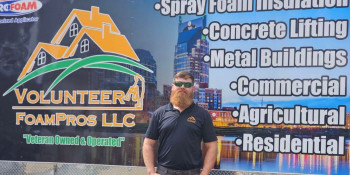Q&A Forums
Thermal Bridging Post New Topic | Post Reply
| Author | Comments |
|---|---|
|
joyce Noonan
Posted: Oct 19, 2007 08:52 AM
|
Thermal Bridging
We recently insulated a metal building with CC. The building from the outside shows signs of buckling/distortion in the metal. Is this caused from thermal bridging of the wood studs? Can you guide me to where to go to learn more about this situation and if anyone has had similar experiences or solutions.
|
|
mason
Posted: Oct 19, 2007 09:47 AM
|
It would be hard to determine what caused the bulging or buckling without seeing the building and knowing the specific type of construction. Is it a Butler type building, postframe construction (with wood joists) or some other type? Sprayfoam (closed cell) typically glues the metal panels together minimizing movement rather than the other way around. But, whenever I sprayed a metal building, it was just to the metal and not to wood studs. If the foam is sprayed between wood studs that are independent of the metal walls then I could see stresses occuring that may warp the wall. The foam is pretty strong and could pull the metal out of shape. |
|
joyce Noonan
Posted: Oct 20, 2007 08:21 AM
|
Yes it was a wood frame building with steel attached to the wood. Is there any solutions in spraying such a building to avoid warping? Can we place something between the spray foam and the steel to mininimize the problem? Would a open cell be a better product to use? I will email pics. |
|
Gerry Wagoner
Posted: Oct 20, 2007 08:18 PM
|
Hi JR. Yes, this distortion is somewhat common. It has to do with the amount of material sprayed in one pass. We have a 90 x 90 shop and have experienced this phenomenon on the new addition, but not the original 60 x 90. The difference was technique/application. The heat from the foam combines to stress the metal skin when it cools. I'll wager that the metal in question is 29 ga. steel. 26 ga is far less susceptible. The solution is to spray thinner passes, allowing the contact pass to cool before adding additional material. Would open cell help? Probably. But it would have other limitations, such as inferior water-resistance around the rat-guard at the bottom and garage door J-channels. Closed cell is still the product of choice. Whan we spray metal-skin barns for customers, we do as I suggested earlier. On our own stuff, we were slightly less cautious :). oG (Be advised. The same phenomenon can occur when spraying down on drywalled attic decks. That "can" warp as well.) |
|
mason
Posted: Oct 21, 2007 09:50 AM
|
Olger, Thanks for you comments and observations. Closed cell sprayfoam should be installed no thicker than 1.5 to 2 inches thick (unless specifically allowed in writing by your manufacturer) to reduce the potential for build up of exothermic heat that can lead to poor physical properties of the foam and other potential concerns. An onsite inspection would determine how thick the foam was installed and would also look into other factors (such as weak fastening patterns, backed out screws, corroded welds, etc) that could affect the building' ability to withstand movement. |
|
joyce Noonan
Posted: Oct 22, 2007 07:23 PM
|
Thank you for your comments. I don't think we sprayed too thick but will try your suggestions of thinner passes. Any other comments or suggestions are welcomed. |
|
Gerry Wagoner
Posted: Oct 23, 2007 08:26 PM
|
Was it 29-gauge steel then? |




